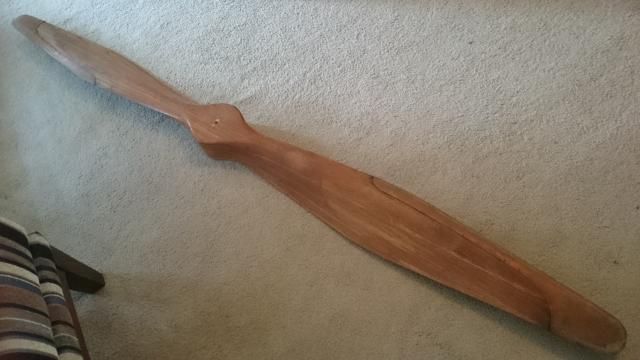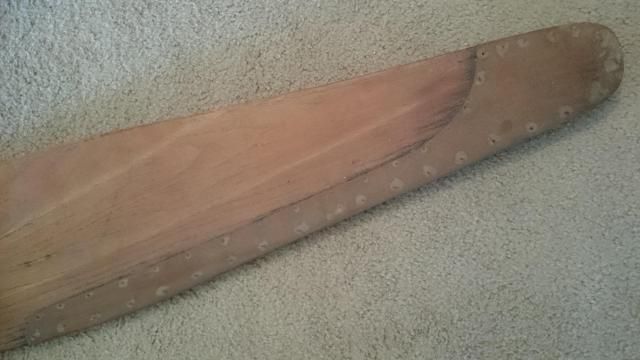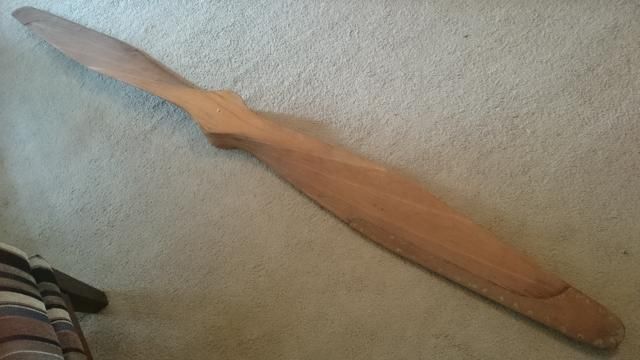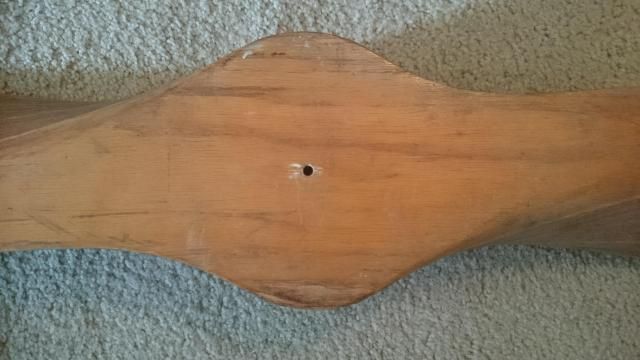Hi, I bough this from a fellow to hang in my living room, but would like some help ID'ing it.
Looks to be oak, 96-3/4" in length with copper tips.
It has no markings, and as you can see the center is blank with only a 1/4" hole that goes all the way through.
The guy I bought it from owned it since 1974, you can see in person it has a lot of age, but is in good shape overall.
I included a pic of both tips and both sides.
Any help would be greatly appreaciated.
Thanks





Looks to be oak, 96-3/4" in length with copper tips.
It has no markings, and as you can see the center is blank with only a 1/4" hole that goes all the way through.
The guy I bought it from owned it since 1974, you can see in person it has a lot of age, but is in good shape overall.
I included a pic of both tips and both sides.
Any help would be greatly appreaciated.
Thanks





Comment